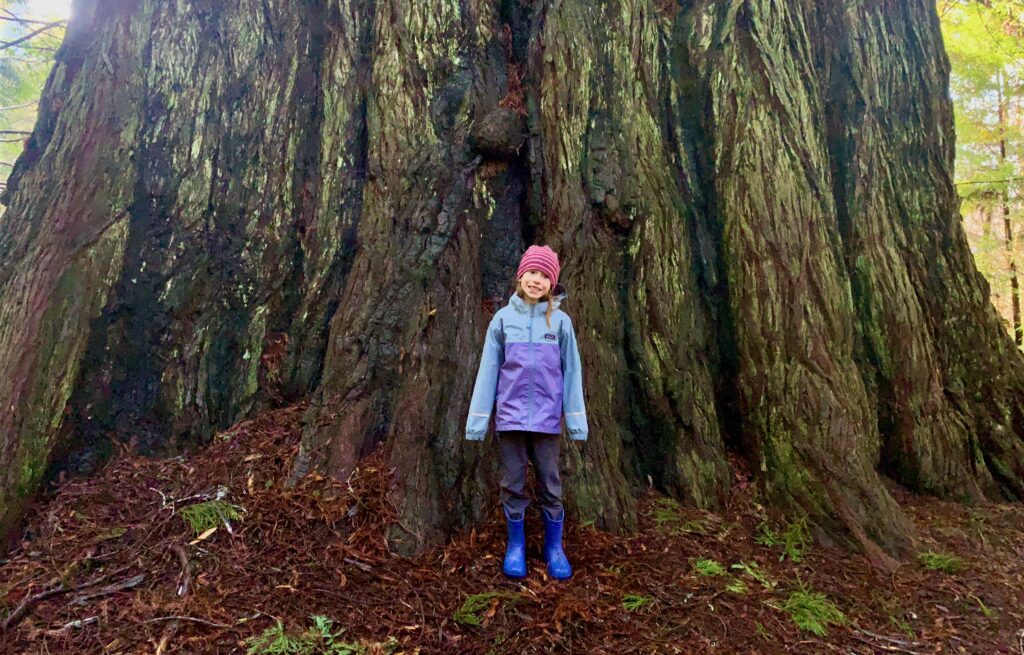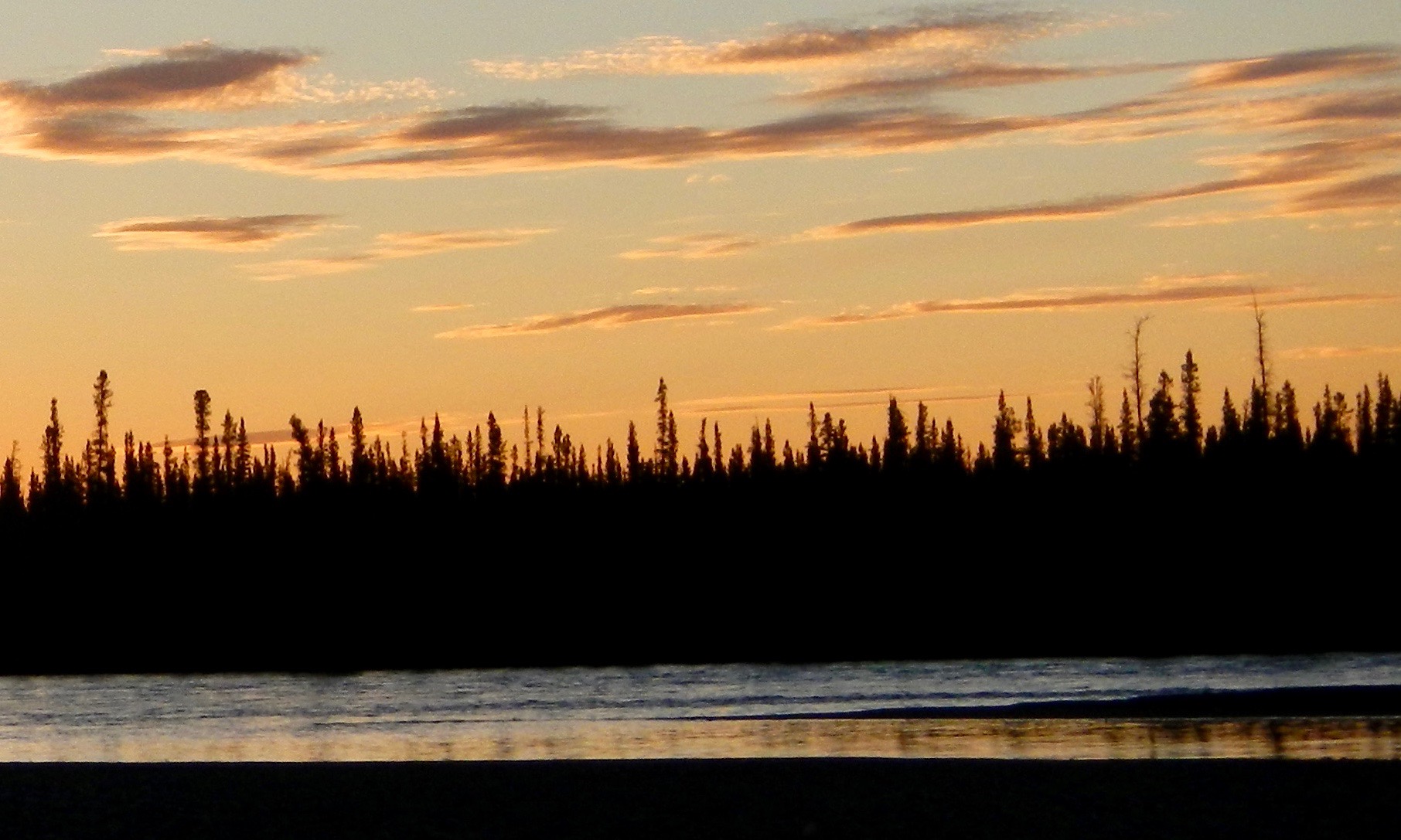Way back in 2022, Raquel Alfaro-Sánchez (a postdoc at Wilfrid Laurier University in Waterloo, Canada) visited the lab to learn about nonstructural carbohydrate (NSC) analyses. During her visit, she analyzed samples from black spruce trees collected from 15 sites in low subarctic and high-mid boreal forests in the Northwest Territories, Canada. The sites varied in the depth and stability of permafrost. Results from Raquel’s work have been published in the paper, “Permafrost instability negates the positive impact of warming temperatures on boreal radial growth“, out this week in PNAS.
Also this week, former postdoc Drew Peltier’s paper, “Decades-old carbon reserves are widespread among tree species, constrained only by sapwood longevity“, has been published in New Phytologist. Drew’s paper synthesizes data on the radiocarbon (14C) content of NSCs in nine different tree species, including evergreen conifers, and both ring- and diffuse-porous angiosperms. The 14C data enable estimation of the age of NSC reserves, and were used with a new model describing the distribution of NSC reserves across rings to investigate how the distribution, mixing, and turnover of reserves vary across trees and species. Drew’s paper shows that deep mixing and rapid turnover indicate most photosynthate is rapidly metabolized. Across species, maximum reserve ages appear primarily constrained by sapwood longevity, and thus old reserves are probably widespread.

Coast redwood (Sequoia sempervirens; SESE) was one of the nine species included in Drew’s recent paper. This photo shows Alatna Richardson at the base of a spectacular SESE known as Triclops, in Prairie Creek Redwoods State Park, California.

